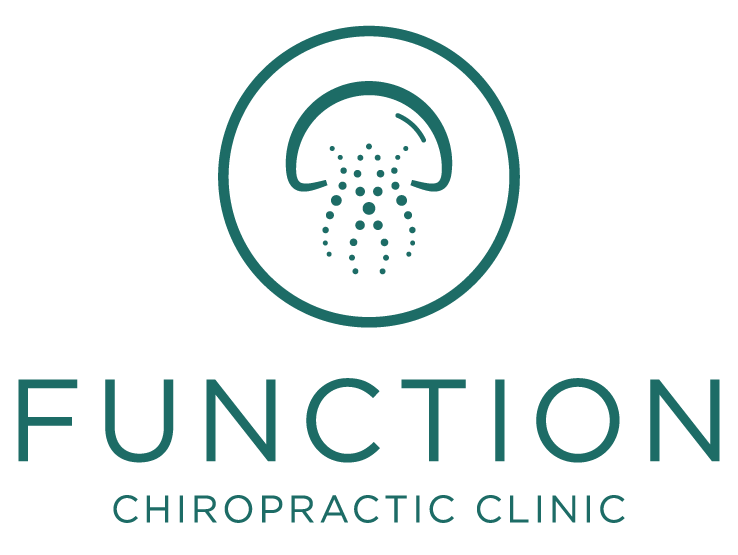What is Sciatica?
How is sciatica treated?
23/05/2023 Jess Kenney DC Mchiro
(Approx 1-2 minute read)
In short:
Sciatica is pain is the sciatic nerve. It is often used as a diagnosis but it is actually just a symptom. We need to investigate further to find the real problem.
What is sciatica?
Sciatica is a common complaint we see in our clinic but sciatica is a symptom, not a diagnosis. It is pain, numbness, pins and needles or weakness in the backside and/or leg and can feel different for everyone.
Sciatica describes irritation of the sciatic nerve, the longest nerve in the body. However ‘sciatica’ doesn’t tell us what is trapping the nerve.
What is a sciatic nerve?
You have a sciatic nerve on each side which has many components. It’s made up of 4 separate nerve roots (L4, L5, S1, S2) that each come off of the spinal cord, pass through their own spinal joint and spinal disc or sacrum before it forms the main sciatic nerve. From here, the scaitic nerve is around an inch wide as it passes under the pelvic joint (Sacroiliac joint), through the deep gluteal muscles (such as piriformis muscles), continues into the leg, foot and central and outer calf muscles and skin. It can get irritated at any point along this pathway.
It is a mixed nerve which means it supplies both sensation to skin (numbness, pain, pins and needles) and power to muscles in the back of the leg (glutes, hamstring, calf and foot muscles).
What does sciatica feel like?
Sciatica feels different for everyone, as it is such a big nerve and there are so many variables. Here are some of the ways it presents:
Mild, moderate or severe.
Acute (short term) or chronic (long term).
Constant or episodic.
Sensory issues: Numbness, pins and needles, electric, fuzzy, deep ache, gnawing pain.
Motor issues: muscle cramping, weakness, twitching (fasciculations).
What causes sciatica?
To treat sciatica, we need to know the root cause. This includes identifying which nerve roots are trapped by which structures. This is typically done through a thorough history combined with neurological (nerve) and orthopedic (joint) tests. On occasion, further imaging such x-ray or MRI may be useful which we can organise with one of our providers, or refer you back to your GP. The most common causes of sciatica include:
Movement imbalances in lower back.
Stress, exhaustion, nutritional deficiencies are often comorbid with sciatica.
Disc bulge or herniation in the lower back (historically called slipped discs).
Sacroiliac joint concerns (pelvic joint at the back).
Piriformis syndrome or muscular imbalance in the deep gluteals (butt muscles).
Spinal central stenosis (narrowing of the nerve space in the spine).
Lateral Spinal Stenosis (narrowing of the nerve spaces exiting the spine).
Degenerative changes to spine or joints.
How to manage sciatica at home?
Sciatica can be difficult to manage at home without knowing what the cause is. If you know what the cause is, the most successful home management is as follows:
Nerve flossing exercises are generally helpful.
Ice for spinal, or heat for muscular.
Hip stretches and strengthening for muscular entrapment.
Back decompression stretches for spinal concerns.
Disc causes will usually prefer decompression stretches, although a proportion of them may prefer compressive movement such as the cobra stretch.
How do we treat sciatica?
The length and intensity of treatment plan for scaitica can vary depending on the cause, sedentary lifestyle, repetitive activity, age, stress, nutrition and general health and other factors. The protocol we follow for sciatica is as follows:
1. Assessment with a Chiropractor to find the root cause of the sciatica. Referral for MRI may be indicated.
2. Decompress and mobilise the tissue causing pressure on sciatic nerve. This can be done through gentle gliding techniques, or firmer pushes to the areas that aren't moving. Even in cases where we cannot change any structural issues, we can often alleviate the extent or frequency of the symptoms to help people enjoy their lives and regain movement.
3. Strengthen and rehabilitate to prevent reinjury.
Does Sciatica need surgery?
Very rarely is surgery recommended for sciatica, but it can depend on the cause and severity of entrapment. Steroid injections are a more common medical intervention, however both these methods vary in short and long term results and potential side effects. Very often, the correct approach of manual therapy can actually have better outcomes for cases that would be considered for more invasive techniques.
To book your consultation click here.
To follow us on instagram, click here.
Our clinic is based in central South Woodham Ferrers and is easily accessible from Maldon, Chelmsford, Wickford, Danbury, Rayleigh, Wickford, Latchingdon and Southminster.


